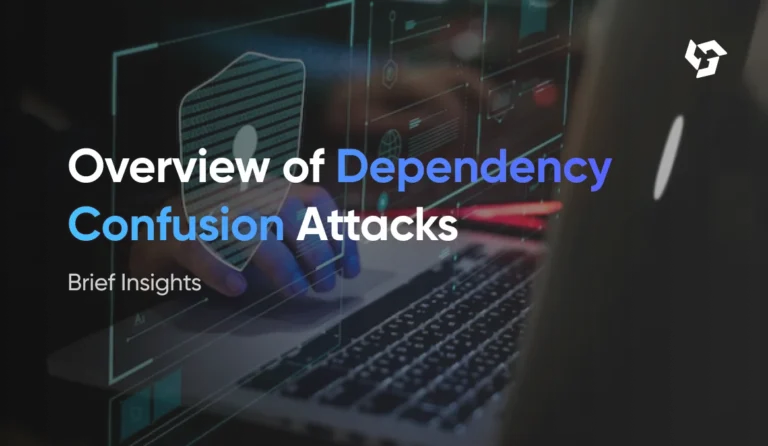Malvertising: The Silent Threat in Embedded Adverts
Introduction
In today’s digital age, advertisements are an integral part of the online experience. From websites and mobile apps to streaming platforms and even smart TVs, ads are everywhere. However, the convenience and monetization opportunities provided by online advertising come with a dark side — malvertising. Short for malicious advertising, malvertising is a technique used by cybercriminals to deliver malware through online ads, often without the user even clicking on them.
This blog delves deep into the world of malvertising, with a special focus on embedded adverts as common targets for hackers. We’ll explore what malvertising is, how it works, its impact, and most importantly, how users and businesses can protect themselves. This article is written with SEO in mind, ensuring visibility for anyone searching for terms like “what is malvertising,” “embedded ad security,” and “protect against online ad malware.”
What is Malvertising?
Malvertising is the use of online advertising to spread malware. Cybercriminals create and place malicious ads on legitimate websites through third-party ad networks. These ads may look completely harmless and can appear on well-known, reputable websites. However, clicking on them — or sometimes just viewing them — can initiate a download of malware onto the user’s device.
Key Characteristics of Malvertising:
- Often indistinguishable from legitimate ads
- Delivered through third-party advertising platforms
- May require no user interaction to infect a system
- Can target any device: PCs, mobile phones, tablets, and more
How Does Malvertising Work?
Understanding how malvertising works involves examining the entire advertising delivery ecosystem. Here’s a step-by-step breakdown:
1. Creation of the Malicious Ad
Hackers design ads that contain hidden malicious code, often embedded in JavaScript, Flash, or even image files.
2. Placement via Ad Networks
These ads are submitted to ad networks that distribute ads to thousands of websites. Since ad networks rarely scrutinize each submission deeply, malicious ads can easily slip through.
3. Display on Legitimate Websites
The malicious ad appears on reputable websites, making users more likely to trust and interact with them.
4. Infection Process
Depending on the type of malvertising:
- Drive-by Download: Malware is downloaded simply by visiting a page.
- Click-to-Infect: The user must click the ad to trigger the malware download.
- Redirects: Clicking the ad redirects the user to a malicious website.
Why Are Embedded Adverts a Prime Target?
Embedded adverts — those directly integrated into the structure of a website — are especially vulnerable for several reasons:
1. High Trust Factor
Embedded ads are usually placed by the site owner, making users less suspicious.
2. Code Complexity
Complex ad code can mask malicious scripts and make detection difficult.
3. Third-Party Dependencies
Even if a site uses embedded ads, they often rely on third-party scripts or platforms to display and manage them, introducing potential vulnerabilities.
4. Lack of Regular Security Audits
Small to medium-sized websites may not have the resources to conduct regular security audits on embedded content.
Real-World Examples of Malvertising Attacks
1. The Yahoo Malvertising Incident (2015)
One of the largest tech companies, Yahoo, unknowingly displayed malicious ads that infected millions of users’ devices via drive-by downloads.
2. The Forbes Incident (2016)
Users who disabled ad blockers to read Forbes content were met with malicious ads that attempted to infect their systems immediately.
3. The New York Times Malvertising Case
Even highly respected news organizations have fallen victim to distributing malvertising via third-party ad networks.
SEO and Malvertising: Hidden Dangers
Malvertising doesn’t just harm users — it also damages the SEO and credibility of a website. If Google detects malicious scripts or malware on a site, it may:
- Blacklist the website
- Display warning messages to users in search results
- Lower search rankings drastically
- Remove the site from its index entirely
This results in loss of traffic, reputation, and revenue for website owners.
How to Detect Malvertising
Detection is not always straightforward, but here are some indicators:
1. Unusual Site Behavior
Redirects, pop-ups, or new tabs opening unexpectedly.
2. Reports from Users
Complaints about malware or suspicious behavior.
3. Browser Security Warnings
Modern browsers may block known malicious content.
4. Use of Security Tools
Platforms like Google Search Console, Sucuri, or VirusTotal can help identify malware on your site.
How to Protect Against Malvertising
For Users:
- Use Ad Blockers: Tools like uBlock Origin can block malicious ads.
- Keep Software Updated: Including browsers, plugins, and antivirus software.
- Use Reputable Security Software: Real-time scanning can help detect threats.
- Avoid Suspicious Websites: Stick to well-known and secure sites.
For Website Owners:
- Use Trusted Ad Networks: Choose platforms with strong security policies.
- Scan Your Site Regularly: Use security tools to check for malware.
- Implement a Content Security Policy (CSP): Restrict what content can be loaded.
- Use HTTPS: Protect data in transit and improve trust.
- Avoid Inline JavaScript: Reduces the risk of malicious code injection.
Embedded Advert Security Best Practices
- Vet All Third-Party Scripts
- Implement Subresource Integrity (SRI)
- Use Sandboxing with iframes
- Regularly Update CMS and Plugins
- Use a Web Application Firewall (WAF)
- Monitor Logs and Traffic Anomalies
Future of Malvertising
As long as advertising is profitable, malvertising will evolve. Some trends to watch:
- AI-Driven Malvertising: Smarter targeting and harder-to-detect attacks.
- Malvertising in Video and Audio Ads
- Mobile-First Malvertising: Targeting smartphones and tablets.
- Use of Deepfakes and Social Engineering in Ads
Conclusion
Malvertising remains one of the stealthiest and most dangerous threats on the internet today. Its ability to infect devices through legitimate websites and seemingly harmless ads makes it particularly insidious. As online advertising continues to grow, so too must our awareness and defenses.
Whether you’re a casual web user or a site administrator, understanding malvertising and taking proactive steps is essential to staying safe in the digital world. Embedded adverts, due to their trusted nature and complex integration, must be handled with extra care.
Stay vigilant. Stay secure.
Written by Adil — Tech enthusiast, security advocate, and digital safety educator.






